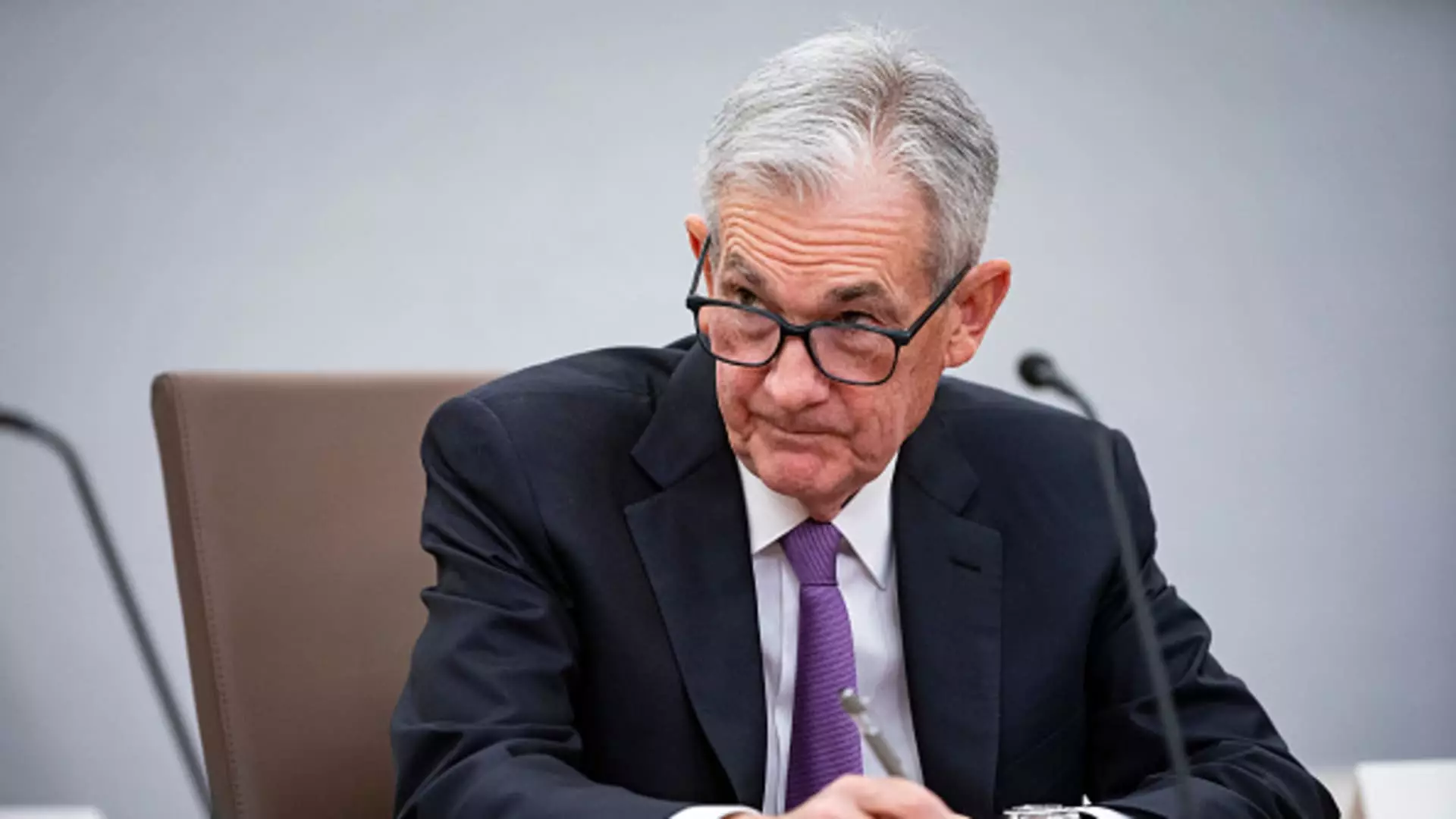Federal Reserve Chairman Jerome Powell recently addressed the uncertainty surrounding the timing of potential interest rate cuts during a speech at Stanford University. Powell emphasized the need for policymakers to carefully evaluate the current state of inflation before making any decisions. He mentioned the stronger-than-expected price pressures at the beginning of the year but stated that it is too soon to determine whether these readings are temporary or indicative of a larger trend. Powell highlighted the importance of confidence in inflation sustainably moving down towards the desired 2 percent rate before considering a policy rate reduction.
Despite market expectations for the Federal Open Market Committee (FOMC) to begin easing policy this year, Powell’s remarks suggest a cautious approach. The FOMC’s recent decision to keep short-term borrowing rates steady reflects the committee’s focus on assessing various economic variables before implementing any cuts. The labor market and consumer spending have remained strong, giving the Fed time to observe the evolving financial landscape. While inflation measures have shown rates above 2%, Powell emphasized the need to rely on incoming data to guide future policy decisions.
Powell’s stance on interest rates aligns with remarks made by other Fed officials, who advocate for a patient and conservative approach. Atlanta Fed President Raphael Bostic anticipates a single rate cut due to rising prices of key items. San Francisco Fed President Mary Daly suggests three cuts as a baseline, with Cleveland’s Loretta Mester also leaning towards cuts later in the year. These officials acknowledge the uncertainty surrounding future rate adjustments but assert that decisions will be made based on evolving economic conditions. Powell reiterated that rate adjustments will be made on a meeting-by-meeting basis, emphasizing the fluid nature of the current economic environment.
Market Reaction and Fed Independence
The uncertainty surrounding interest rates has led to market volatility, with fluctuations in stock prices and Treasury yields. Traders in the fed funds futures market have adjusted their rate expectations, reflecting the ambiguity surrounding a potential June cut. Powell also discussed the importance of Fed independence, stressing the need to remain neutral in political matters. As the presidential election campaign intensifies, Powell reaffirmed the Fed’s commitment to making decisions based on economic analysis rather than personal or political biases. Additionally, Powell addressed the concept of “mission creep,” emphasizing that the Fed’s role does not extend to climate policy issues and financial institutions’ preparedness for related events.
Powell’s remarks shed light on the cautious approach taken by the Fed in evaluating the timing of potential interest rate cuts. While market expectations suggest an impending policy adjustment, Fed officials remain vigilant in their assessment of economic variables and inflation trends. The uncertainty surrounding interest rates has led to market fluctuations, underscoring the importance of data-driven decision-making. As the Fed continues to navigate the evolving economic landscape, Powell’s emphasis on independence and mission clarity reinforces the institution’s commitment to serving the public interest.

Leave a Reply